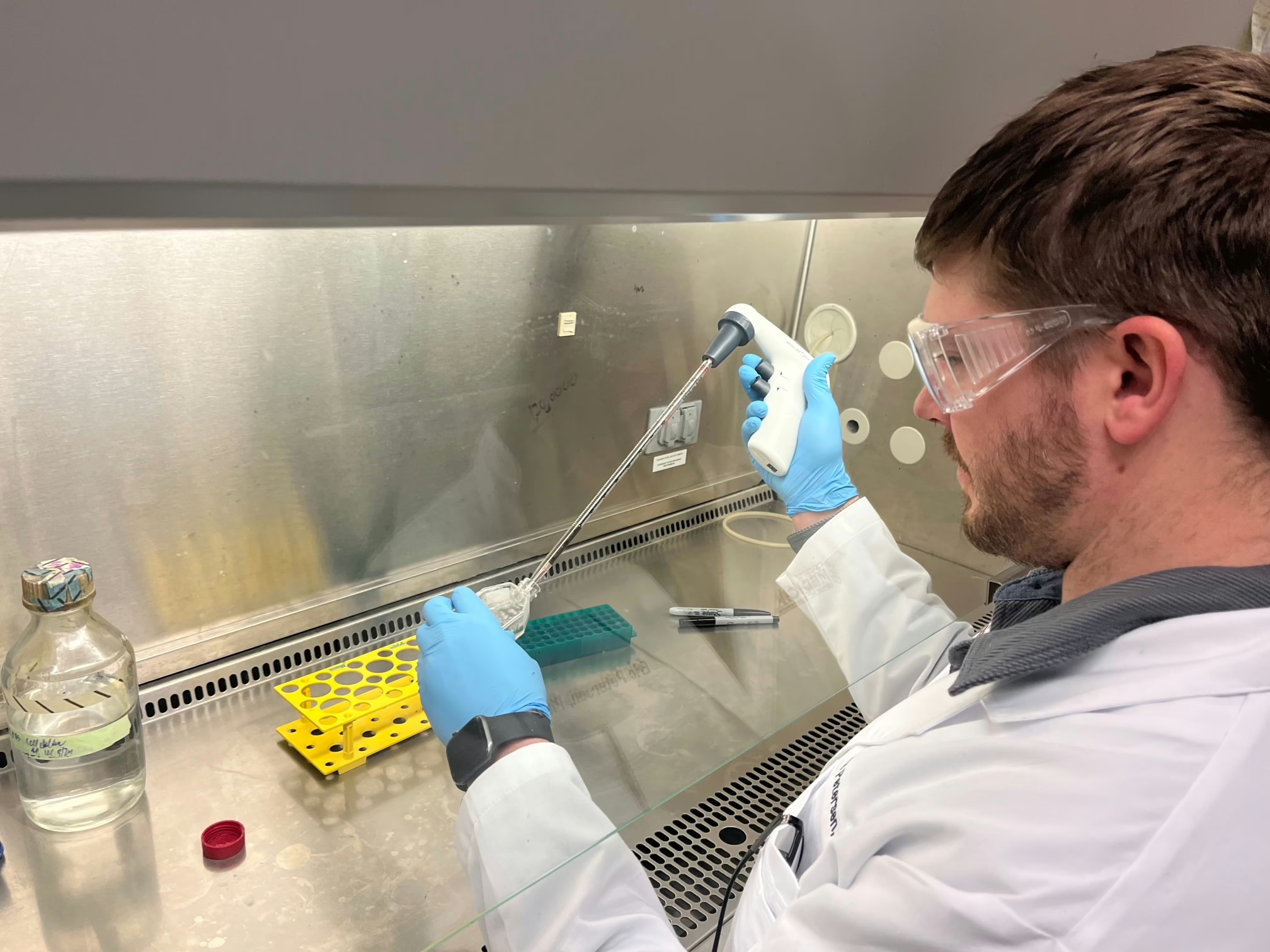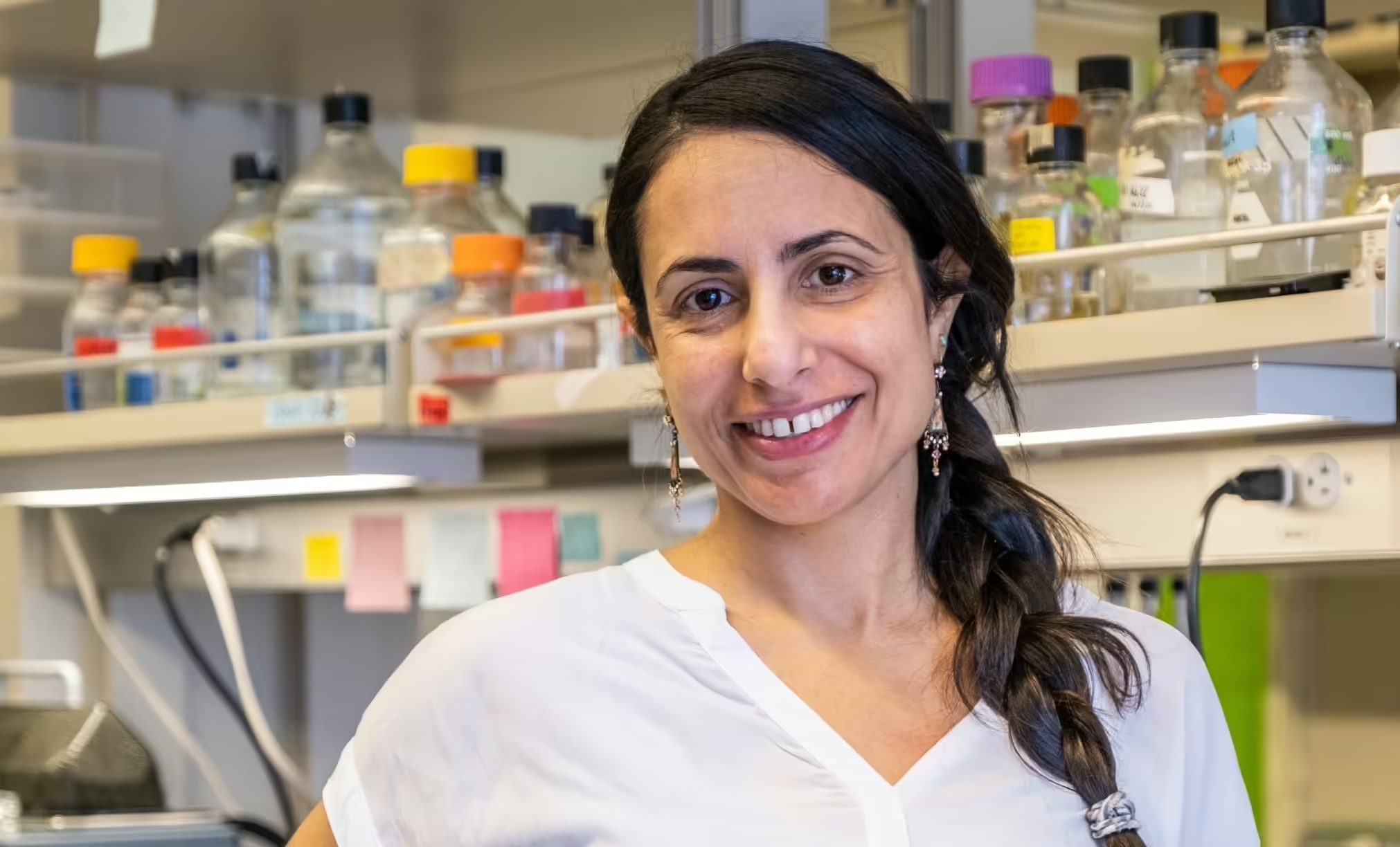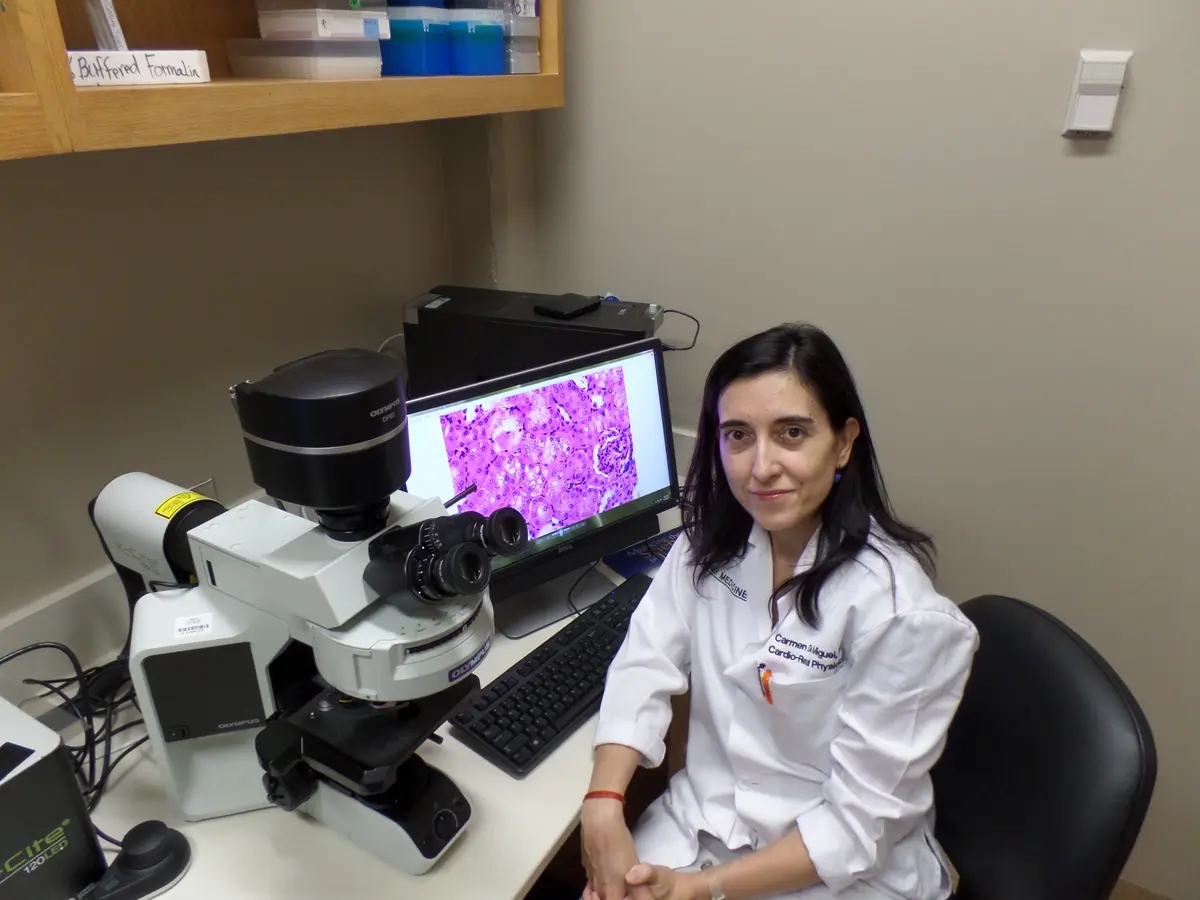Final Project Update
Maternal pregestational Type 1 diabetes mellitus (T1DM) increases the risk of congenital heart disease (CHD) in offspring. To investigate how maternal hyperglycemia (matHG) affects fetal cardiac gene expression, we conducted single-cell RNA sequencing (scRNA-seq) and proteomic analyses on embryos from a murine model of maternal T1DM.
Aim 1: Gene Expression Analysis
- O-GlcNAcylation Regulation: scRNA-seq revealed differential regulation of enzymes Oga and Ogt in embryonic hearts exposed to matHG, suggesting altered nutrient sensing. Increased Ogt expression and O-GlcNAcylation levels were confirmed by immunohistochemical (IHC) and western blot analyses.
- Proteomic Analysis: Identified differentially O-GlcNAcylated proteins, including transcription factors and myocardial genes. Gene expression differences were validated in sorted GFP+ cells from embryonic hearts.
Aim 2: Epigenetic Regulation
- OSMI Treatment: A small molecule inhibitor (OSMI) was used to reduce O-GlcNAcylation in cardiac cell lines, confirmed by western blot. Genetic data from CHD patients were integrated with scRNA-seq data to identify candidate genes for matHG-induced birth defects.
Our findings are in press with Communications Biology and have been presented at multiple scientific meetings. We also contributed to review articles and received the Innovator Award from the Society of Birth Defects Research and Prevention.
We thank Diabetes Research Connection and the donors for their support.
6-month Project Update
To elucidate the effect of maternal hyperglycemic (matHG) exposure on fetal cardiac gene expression changes, we have recently performed gene expression analysis at single cell resolution. Chemically induced murine model of maternal T1DM was used as described in the proposal and previously published from our lab. Multiple embryos were collected from control and matHG dams and pooled together. In Aim 1, first, we confirmed the expression of these key enzymes that maintain the O-GlcNAcylation levels in vivo, in response to maternal normoglycemia and under hyperglycemic stress. The scRNA-seq data identified differential regulation of Oga and Ogt in embryonic hearts. We have identified cell type specific and temporal regulation of Oga and Ogt expression in matHG-exposed embryos in comparison to non-diabetic controls. The transcriptomic profiling data suggests that altered expression of Oga and Ogt could act as a nutrient sensing mechanism affecting overall OGlcNAcylation levels in diabetic pregnancies. We also measured the protein expression of Ogt enzyme by immunohistochemical (IHC) analysis across two embryonic and postnatal stages of mouse heart development. We found significant upregulation of Ogt in the outflow tract and atrioventricular canal, which corresponds to increase in O-GlcNAcylated levels in matHG exposed embryonic hearts, observed by western blot analysis.
We also performed targeted proteomic screen in control and matHG exposed wildtype embryonic hearts at two different timepoints. The mass spectrometric (MS) analysis identified proteins, including transcription factors, myocardial and smooth muscle cell specific genes, epigenetic modifiers and ATP-dependent chromatin remodelers, which were found to be differentially O-GlcNAcylated. We also started collecting Isl1-Cre+ RosamT/mG hearts in multiple developmental stages and sectioned them for downstream staining assays. Dams exhibiting blood glucose >300 mg/dl were only selected for the study to capture maximal differences in O-GlcNAcylation between control (<250 mg/dl) and T1D exposed embryos. GFP+ cells were isolated by fluorescence activated cell sorting from embryonic hearts. Control and matHG-exposed GFP+ and GFP- cells were sorted and qRTPCR will be performed to show the gene expression differences in metabolic pathways. We are now confirming the O-GlcNAcylated proteins (identified from mass spectrometric data) in embryonic hearts across multiple developmental stages by IHC and immunofluorescent staining in Isl1+ second heart field cells and their derivatives. All animal experiments were performed in accordance with the Guide for the Care and Use of Laboratory Animals published by the National Institutes of Health and Institutional Animal Care and Use Committee.
In Aim 2, we evaluated the function of O-GlcNAcylation on epigenetic regulation. First, we have successfully optimized the effect of a small molecule inhibitor (OSMI) on three different immortalized cell lines. Cell viability assays were performed in cardiac cell lines in presence and absence of OSMI. Cells were cultured in normal and HG with the addition of increasing doses of OSMI and performed MTT assays at 24 and 48hrs after treatment. The relative cell proliferation was compared with respect to vehicle control treated cells cultured in presence of normal and HG (n>3). Toxicity of OSMI has been determined in each cell type and we optimized the dose of the drug where the cells are metabolically active. We collected control and HG exposed cells at 6, 24, and 48hrs with and without OSMI treatment and repeated that for three cell types. Total protein lysates were made, and we performed western blot analysis. The upregulation of O-GlcNAcylated levels were confirmed with concomitant upregulation of OGT, which is a pathogenic indicator of nutrient stress. Culturing cells with optimized dose of OSMI for 24hrs demonstrated reduction in O-GlcNAcylated levels. We are currently preforming immunoprecipitation coupled western analysis to validate the O-GlcNAcylated protein partners in cardiac cell lines. We plan to extrapolate this finding in tissue lysates from Isl1-RosamT/mG embryonic hearts. Finally, we started working on integrating the PCGC data on genetic variants present in patients with CHD, with published single-cell chromatin accessibility data on T1DM patients and murine scRNA-seq (available in my lab) to identify the candidate/risk genes. O-GlcNAcylation of these modifiers will be validated. This data will unravel the novel targets, which will be further tested in existing cell line and in genetic cell-lineage tracing model.
We are very grateful for the funding support by Diabetes Research Connection and also very grateful to all the generous donors.
Project Description
Mothers with pre-gestational type 1 diabetes mellitus (pre-T1DM) are three to five times more likely than non-diabetic mothers to give birth to babies with heart defects. During the first trimester, high blood glucose can perturb normal heart development in the fetuses and lead to cardiac malformations. Despite the well-known causes of pre-T1DM, the mechanistic evidence for its effects on pregnancy is still lacking. Profound metabolic changes occur during diabetic pregnancy; for example, insulin and fat levels are usually altered. The mother also experiences higher levels of reactive oxygen species (ROS) – unstable chemicals that can negatively impact the body.
However, hyperglycemia is thought to be the primary factor that negatively affects the fetal cardiac development. Therefore, using a rodent model of pre-T1DM, our group has previously demonstrated the gene-environment interaction between maternal hyperglycemia and deletion or insufficiency of key cardiac genes which increase the risk of congenital heart defects.
The heart is the first organ to develop in the fetus. It is a non-uniform tissue, composed of numerous cell types and millions of cells. Recently, using a single-cell gene-expression analysis in developing embryonic hearts, we described significant gene expression changes in multiple cardiac cell populations. Specialized cardiac precursor cells were found to be highly sensitive to maternal hyperglycemia, as shown by differences in gene expression compared to embryonic hearts from non-diabetic mothers. Based on this preliminary observation, the overarching goal of our research program is designed to characterize how metabolic and epigenetic changes in cardiac progenitor cells contribute to heart defects in diabetic offspring.
We hypothesize that nutrient availability and fetal nutrient usage in pre-T1DM pregnancy reprogram cardiac precursor cells and “reset” their mechanisms of regulating key genes. In order to address this question, we will determine the mechanism of how cardiac precursor cells respond to metabolic dysfunction and then rearrange their gene regulatory systems. Tracking the development of cardiac progenitor cells – and their descendants during fetal heart development – is expected to unravel the mechanisms by which pre-T1DM affects heart development, as well as the relative risk each specific cell population experiences. An increased understanding of how maternal pre-T1DM induces cardiovascular defects will allow for the development of effective treatment that mitigates the effect of diabetes on fetuses.












